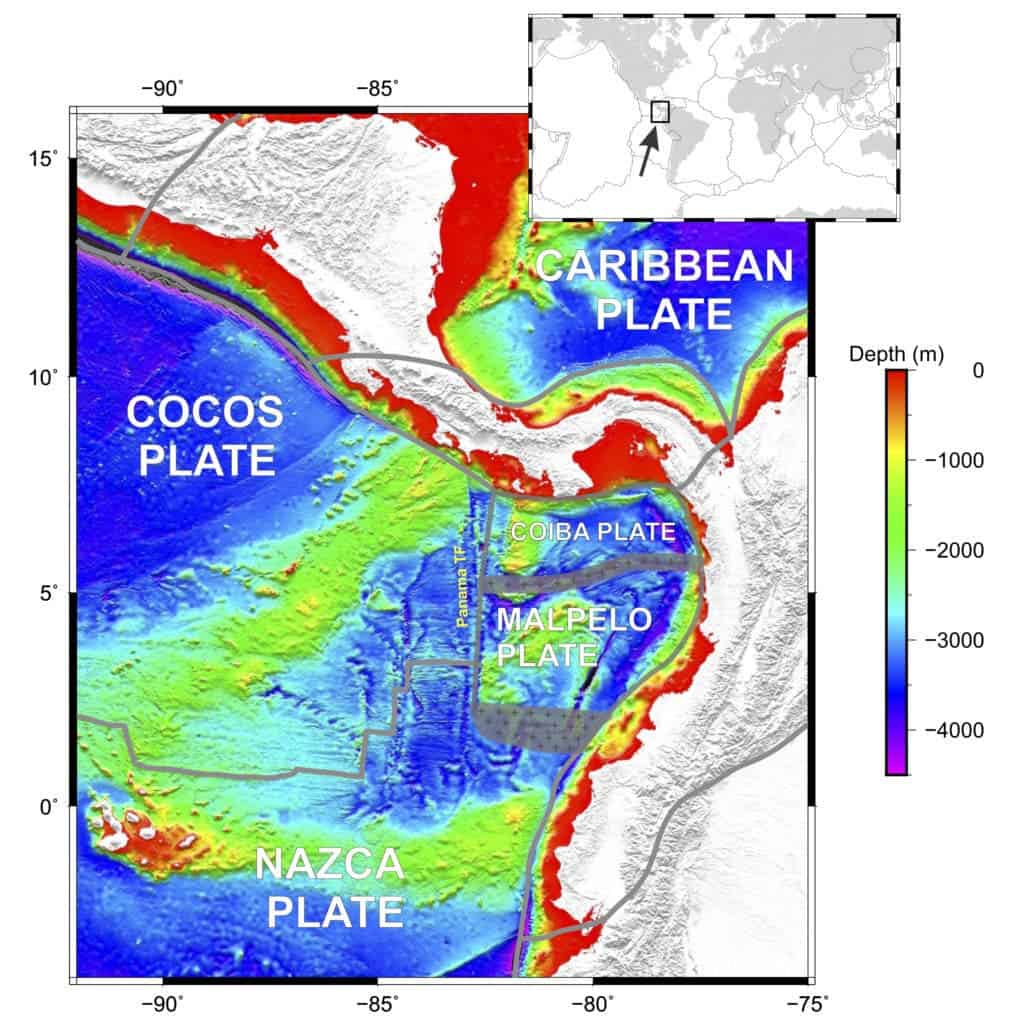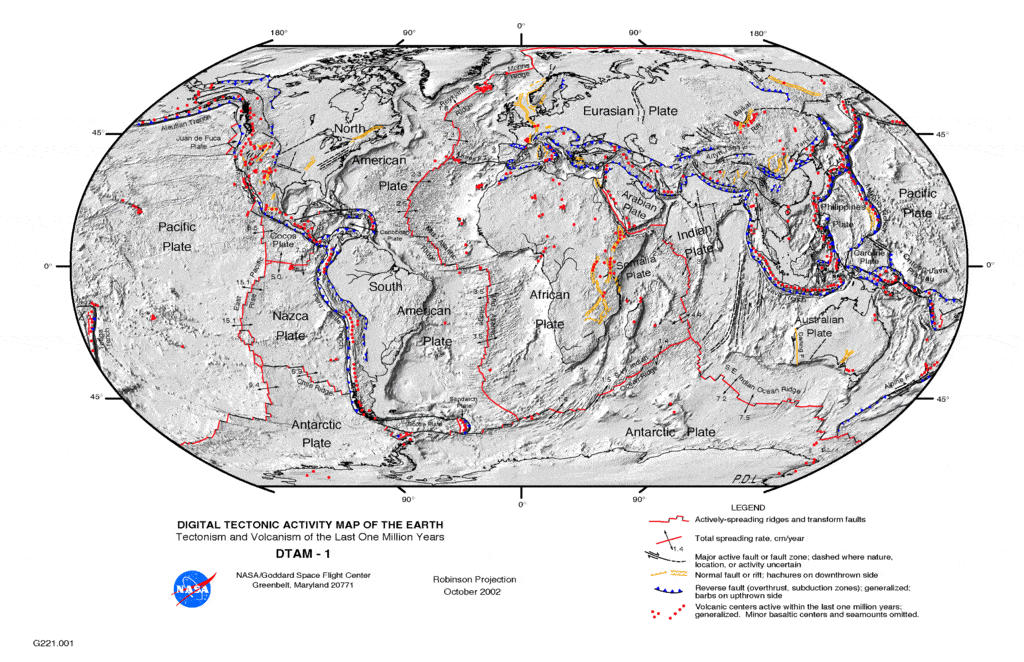A new study has revealed a new tectonic microplate — there are now 57 in total.

A tectonic puzzle
Sometime during the late 1950s, a rather quirky theory started picking up steam. The idea was that the Earth’s crust, everything we live on and see at the surface, is broken up into bits and pieces that move in relation to each other. These plates lie on the lithosphere and are pushed around by upwelling mantle. Sometimes they emerge, sometimes they subduce beneath each other, but usually, they just move past each other. These are the tectonic plates.
Nowadays, we know of eight major tectonic plates (with an area greater than 20 million km2), and it’s highly unlikely that we will ever discover a new one on Earth. We also know of ten minor tectonic plates (area between 1 and 20 million km2) and we’ve probably found all of them too. The rest, however, are the microplates — tectonic plates with an area less than 1 million km2 — and there’s a good chance a few of these are still lying around undiscovered.
This was reported by lead author Tuo Zhang and co-authors Jay Mishra and Chengzu Wang, all of Rice University, in a new study. They’ve discovered a new microplate off the coast of Ecuador. They’ve named it Malpelo, after an island and an oceanic ridge it contains.

A new piece
The three were studying the junction between three other plates in the eastern Pacific Ocean. The plates move on the mantle, which behaves as a fluid (in geological time). Since they are all connected like puzzle pieces, when one moves, it affects all others. So researchers sometimes study the rotation speed of each object in a group of plates (the angular velocity). That’s when they realized something wasn’t alright in this case.
“When you add up the angular velocities of these three plates, they ought to sum to zero,” Gordon said. “In this case, the velocity doesn’t sum to zero at all. It sums to 15 millimeters a year, which is huge.”
This meant that there was something else they weren’t considering — a misfit. Misfits are interesting because they tell us there’s something we’re not considering in the system. So they drew data from a Columbia University database of extensive multibeam sonar soundings west of Ecuador and Colombia to look for clues, and they found the extra plate.
Describing the plate

Tectonic plates are often described by how they move relative to each other — whether one is ‘climbing’ over another, for instance. In this case, researchers identified a diffuse plate boundary that runs from the Panama Transform Fault eastward, to the newly discovered Malpelo plate.
“A diffuse boundary is best described as a series of many small, hard-to-spot faults rather than a ridge or transform fault that sharply defines the boundary of two plates,” Gordon said. “Because earthquakes along diffuse boundaries tend to be small and less frequent than along transform faults, there was little information in the seismic record to indicate this one’s presence.”
However, things still aren’t completely clear. When they took the new plate into consideration, the angular velocities still don’t add up to zero. Sure they’re much smaller, but there’s still something extra. If this is the case, then it could mean that there’s another plate (or plates) still waiting to be discovered.
“Since we’re trying to understand global deformation, we need to understand where the rest of that velocity is going,” he said. “So we think there’s another plate we’re missing.”
Journal Reference: Tuo Zhang, Richard G. Gordon, Jay K. Mishra, Chengzu Wang — The Malpelo Plate Hypothesis and Implications for Non-closure of the Cocos-Nazca-Pacific Plate Motion Circuit. DOI: 10.1002/2017GL073704



